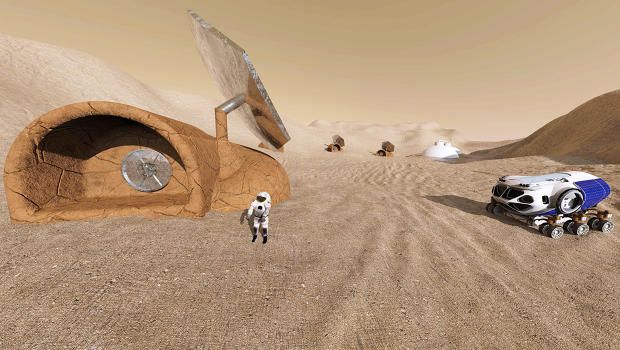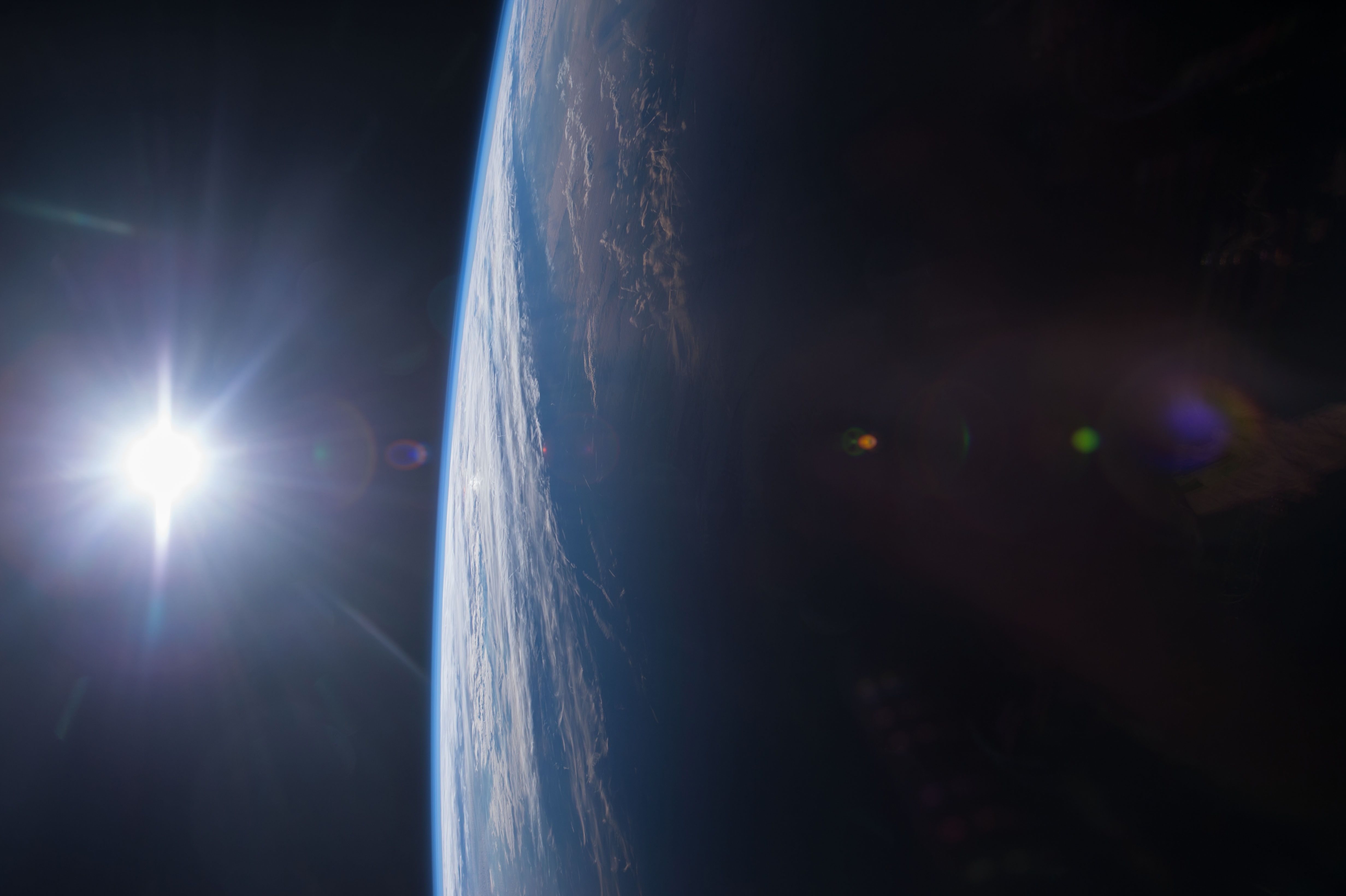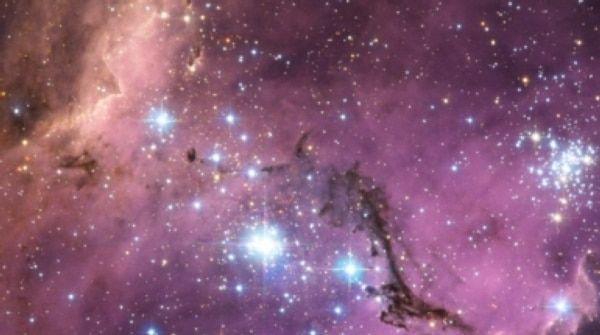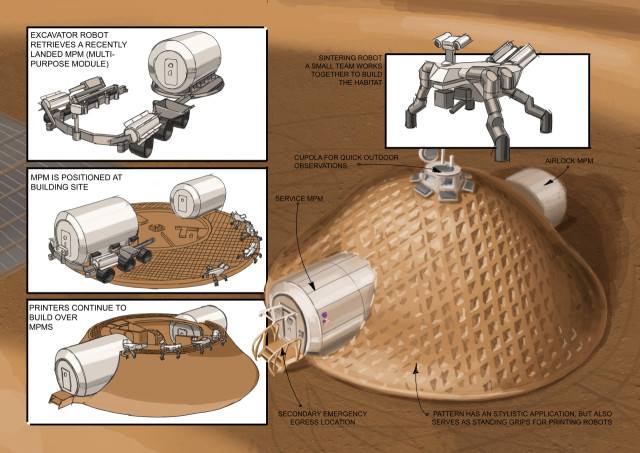Forget layer-by-layer, this awesome new 3D printer can print freely in space.
Category: space – Page 1,119
Is the Universe a Simulation? Scientists Debate
Hmm… That would explain Alzheimer disease — It’d be like some sort of unabashedly evil version of a smart phone data caps!
Or not.
wink
NEW YORK — Is the universe just an enormous, fantastically complex simulation? If so, how could we find out, and what would that knowledge mean for humanity?
These were the big questions that a group of scientists, as well as one philosopher, tackled on April 5 during the 17th annual Isaac Asimov Debate here at the American Museum of Natural History. The event honors Asimov, the visionary science-fiction writer, by inviting experts in diverse fields to discuss pressing questions on the scientific frontiers.

Bigelow Aerospace and United Launch Alliance Join Forces to Foster a New Era of Sustainable Commercialization in Low Earth Orbit
Colorado Springs, Colo., (April 11, 2016) – Bigelow Aerospace (BA) and United Launch Alliance (ULA) announced they are partnering to develop and deploy habitable volumes in Low Earth orbit (LEO). The volumes will be based on the Bigelow Aerospace B330 expandable module with the initial launch to orbit in 2020 on ULA’s Atlas V 552 configuration launch vehicle.
The B330 will have 330 cubic meters (12,000 cu ft) of internal space. The craft will support zero-gravity research including scientific missions and manufacturing processes. Beyond its industrial and scientific purposes, however, it has potential as a destination for space tourism and a craft for missions destined for the Moon and Mars.
“We are exploring options for the location of the initial B330 including discussions with NASA on the possibility of attaching it to the International Space Station (ISS),” said Robert Bigelow, founder and president of Bigelow Aerospace. “In that configuration, the B330 will enlarge the station’s volume by 30% and function as a multipurpose testbed in support of NASA’s exploration goals as well as provide significant commercial opportunities. The working name for this module is XBASE or Expandable Bigelow Advanced Station Enhancement.”

NASA Expands Economic Research to Advance Space Development
The global space economy is growing, generating more than $300 billion a year in space-related activities, and attracting new, diverse participants and investors. A recent study also found more private money invested in commercial space development in 2015 than in the previous 15 years combined.
NASA has selected six new research proposals to understand the effective drivers of investments in the space economy.
In its second call for economic studies related to investments in the space economy, the agency picked studies that cover topics ranging from in-space manufacturing in low-Earth orbit (LEO) to the economics of resources obtained from near-Earth objects (NEO), such as asteroids.

The Big Bang: Arriving at the site of creation
Part 2
In part 1 of the journey, we saw the leading observations that needed explanation. Explanations that we want to do through the theory of relativity and quantum mechanics. No technical and expert knowledge in these theories yet, only scratches of its implications. So let us continue.
THE RELATIVITY THEORY Deducing from the Hubble expansion, the galaxies were close in the distant past but certainly not in this current form as the telescopes now see them receding. In fact, if they were receding it also means they were expanding.
Therefore, when we reverse the receding galaxies into the far distant past they should end up at a point somewhere sometime with the smallest imaginable extension, if that extension is conceivable at all. Scientists call it the singularity, a mathematical deduction from the relativity theory. How did this immeasurable Universe made of clusters of galaxies we now see ever existed in that point called singularity?

